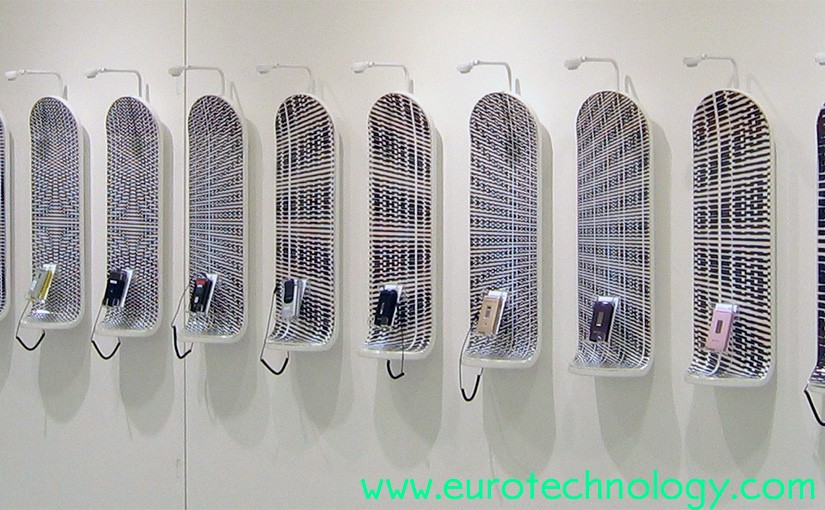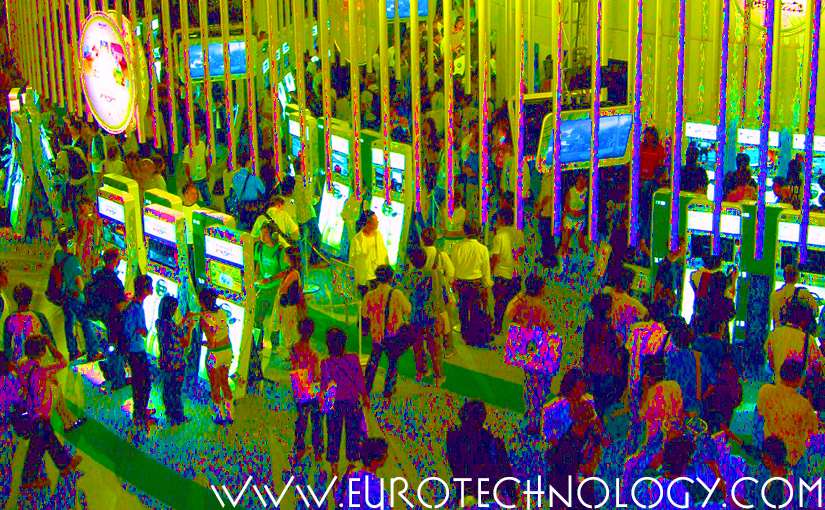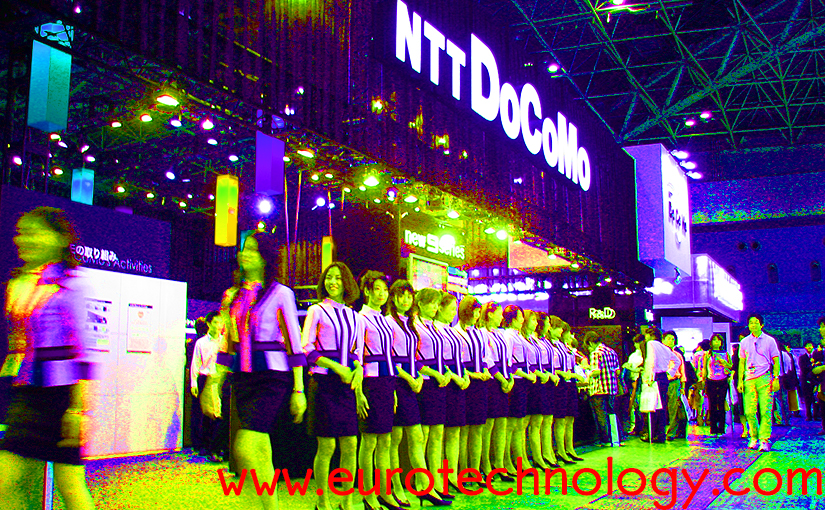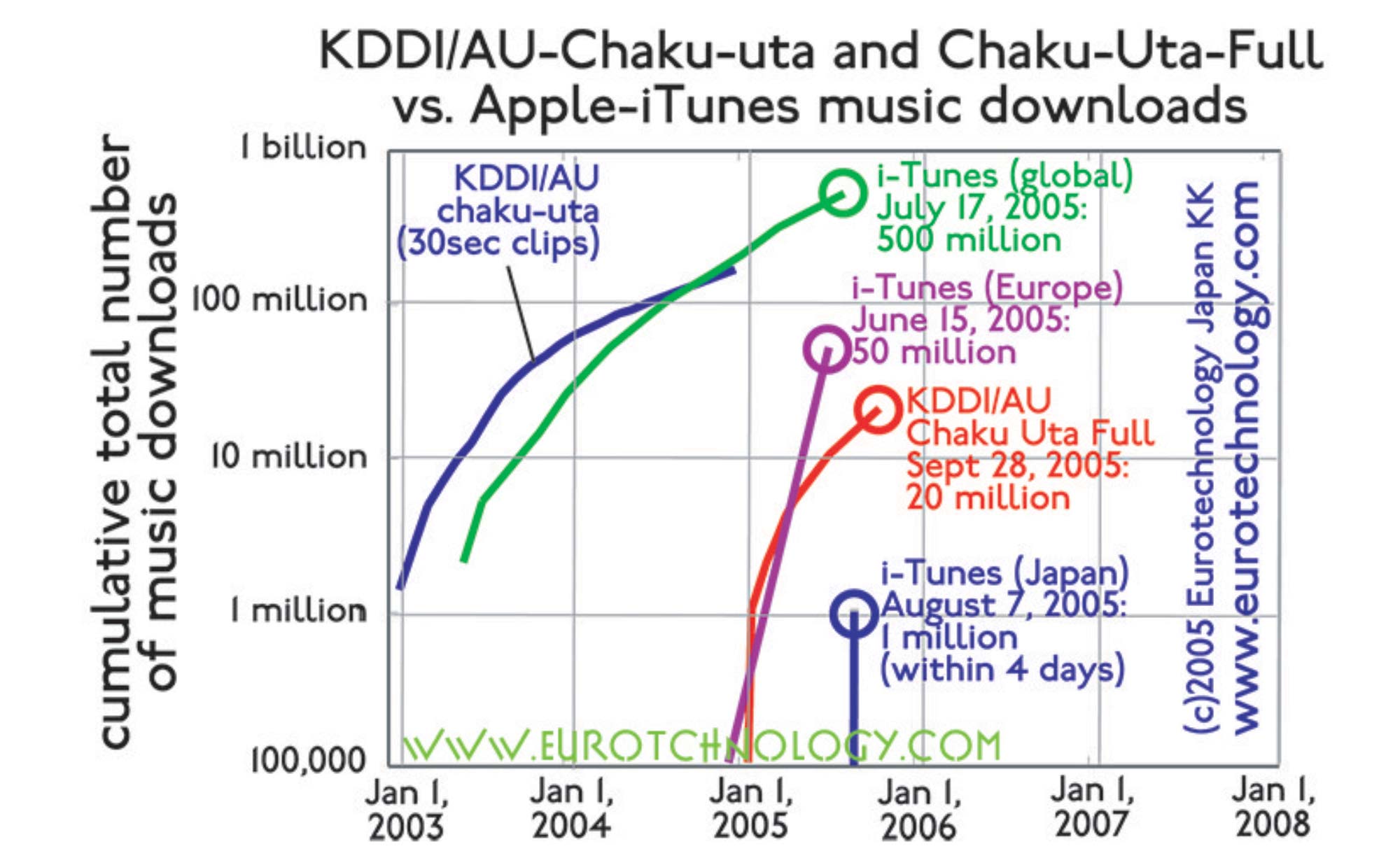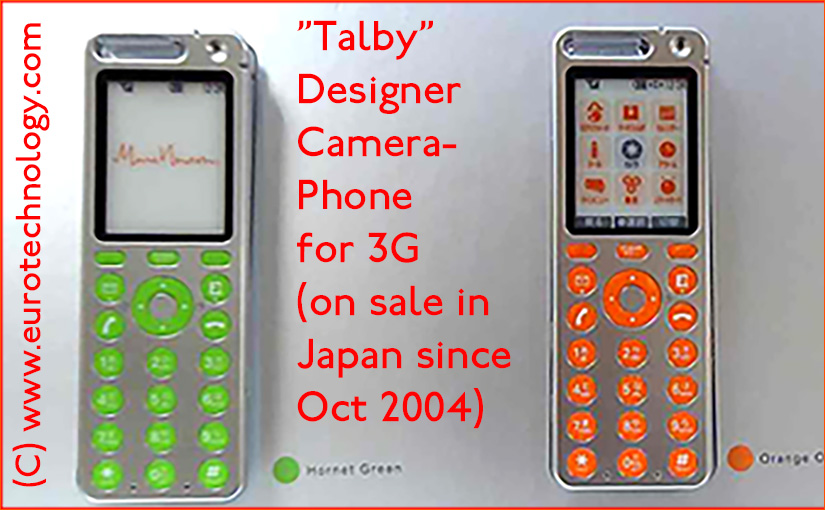Learning from Dr. Keiji Tachikawa, NTT Docomo CEO
NTT Docomo CEO: Japanese leadership in the Wall Street Journal
Wall Street Journal, in the section “Leadership Question of the Week”, on Monday June 12, 2006 on page 31, published an article I wrote about a very extraordinary experience I had several years ago at the German Embassy here in Tokyo, with Dr. Keiji Tachikawa (立川敬二) – then CEO of NTT-DoCoMo (Dr. Keiji Tachikawa has since then moved on to become the head of Japan’s Space Agency JAXA).
Please find the unedited manuscript here (the actual published version was shortened a bit).
Leading in Asia:
What was the best business advice you received and who gave it to you?
The best business advice I received in Japan was from the former NTT Docomo CEO, Dr. Tachikawa – he taught me that when two parties do business, both parties have to profit/benefit – not just one party. He also taught me to go straight to the point, not waste time with irrelevant things.
Here the story in more details:
I had met Dr. Tachikawa at a reception at the German Embassy – purpose of the reception was to bring together German and Japanese leaders in telecommunications and mobile phones.
I noticed that Dr. Tachikawa, then NTT Docomo CEO, was standing for quite some time at the window, looking out into the beautiful garden of the Embassy with no one to talk to.
Why was Dr Tachikawa standing alone with no-one to talk to? My explanation was that the Japanese CEOs at this reception were mainly from DoCoMo’s suppliers, and therefore probably too shy to talk to Dr Tachikawa since Japanese business customs places these suppliers on a lower social ranking than their major customer DoCoMo. On the other hand, the German CEOs who had come from Germany, probably did not know who it was who was standing lonely at the window.
So I approached Dr Tachikawa and we talked quite a while – all in Japanese.
His first question after the initial introduction was very surprising – Dr Tachikawa asked me, how our company makes money, where our income comes from.
Having been CEO of our Tokyo based company for the last 10 years, I am very often asked where our company’s offices are located, how big our office is, how many people we employ and other irrelevant conversational detail., Dr. Tachikawa did not ask any of these irrelevant things – he went straight to the point: how do we make money. In my almost 10 years as CEO in 1000s of conversations, Dr Tachikawa was almost the only manager (Western and Japanese) who went straight to the point not losing time over irrelevant details.
A few days later I received an email from Dr Tachikawa inviting me to his office at DoCoMo’s headquarters to discuss possibilities of cooperation between NTT-DoCoMo and our very small company Eurotechnology Japan KK which I had founded about 10 years ago here in Tokyo.
I was amazed by Dr Tachikawa’s kindness. A few days later I spent about one hour in his office at the top floor of Sanno-Tower at DoCoMo’s headquarters, right next to the Prime Minister’s Office.
I had prepared four proposals and towards the end of our conversation I showed these four proposals to Dr. Tachikawa. He rejected three of them, and decided that DoCoMo was interested in one of my proposal.
I learn a lot from his way of action – he immediately took three decisions about the one proposal he was interested in:
- he said that we must now find a way that both our company profit from this plan
- he decided who within DoCoMo would be responsible to carry this project out with our company, and
- he decided where the source of the budget for this project should be
I have been working 20 years with Japan now – and Dr. Keiji Tachikawa is certainly the Japanese manager I learnt most from, in the meetings I was lucky enough to have with him.
Best regards
Gerhard Fasol PhD
Eurotechnology Japan KK
http://fasol.com/
Copyright·©2013 ·Eurotechnology Japan KK·All Rights Reserved·







